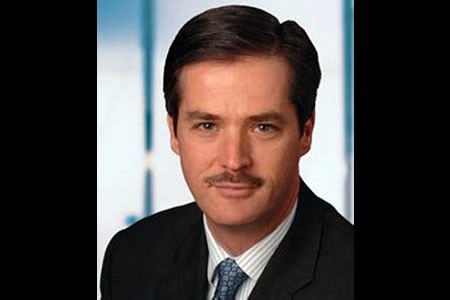It was hard to be positive about short-term economic prospects at this time last year. Our New Year’s message could hardly have been more doleful, and as it happened, the message was warranted. Global activity levels are now much lower than they were in late 2008, and a true world recovery remains elusive. Are we in for more of the same this year, or can we look forward to better times?
On a number of fronts, things are looking up. First, economic activity fell so dramatically that, broadly speaking, sales and production are well below longer-term sustainable levels. This is creating lots of room for the excesses of the boom years to be worked off – a process that is likely to take us until about mid-year. But once the market is back in balance, demand will boost production and sales back toward sustainable levels, and based on current activity, that implies a lot of growth. It won’t all happen at once, but momentum is expected to intensify toward the end of 2010. Best to prepare now.
Second, the unemployment rate has hit a plateau. Concern mounted in mid-2009 as unemployment soared rapidly, and many expected this to continue into the first few months of this year. Not so; it appears that business response to the recession was more immediate than usual, and as such, employment is not lagging the cycle to the same degree. Time will tell, but it is possible that hiring will resume more quickly than usual when the economy starts to grow again. And there are few things that restore confidence and spending activity like renewed growth in employment.
A third factor is consumer deleveraging. It’s underway now, and it dragging a lot of cash away from the till. Increased prudence is likely to remain a more or less permanent legacy of this recession, but the drag on the overall economy is expected to ease considerably by mid-year. At that time, Western consumers are expected to have ramped up to a new rate of saving from current income that they are content with – at which point, spending growth will rise automatically to roughly match income growth.
These factors will greatly assist the onset of recovery. But they are still in process, and the intervening time could yet test the mettle of the global economy. First, financial markets remain vulnerable. High unemployment is still affecting the credit cycle, which typically lags movements in the broader economy. Default rates on consumer and business loans are generally expected to peak in the first half of this year, and if financial institutions weather this well, recovery won’t be impeded.
A second issue is the timing of fiscal stimulus. Most countries’ spending packages are well underway, but a key worry is that growth phase of the collective spending may end before the onset of true global recovery. Timing is critical, and at least one key emerging market is already musing about a possible policy-induced double-dip in growth, which would likely delay the recovery process. A third factor is the prospect of interim market volatility. Many market watchers agree that prices of key commodities and premiums being charged on more risky ventures seem out of line with reality. A rapid realignment to reality is a threat to confidence just ahead of the long-awaited recovery.
The bottom line? If we overcome these hurdles, the outlook for world growth and global trade flows is sure to improve as the year wears on. There is a lot to look forward to in 2010 and beyond, and if we learn lasting lessons from the recession of 2009, we have good cause to say, ‘Happy New Year!’

